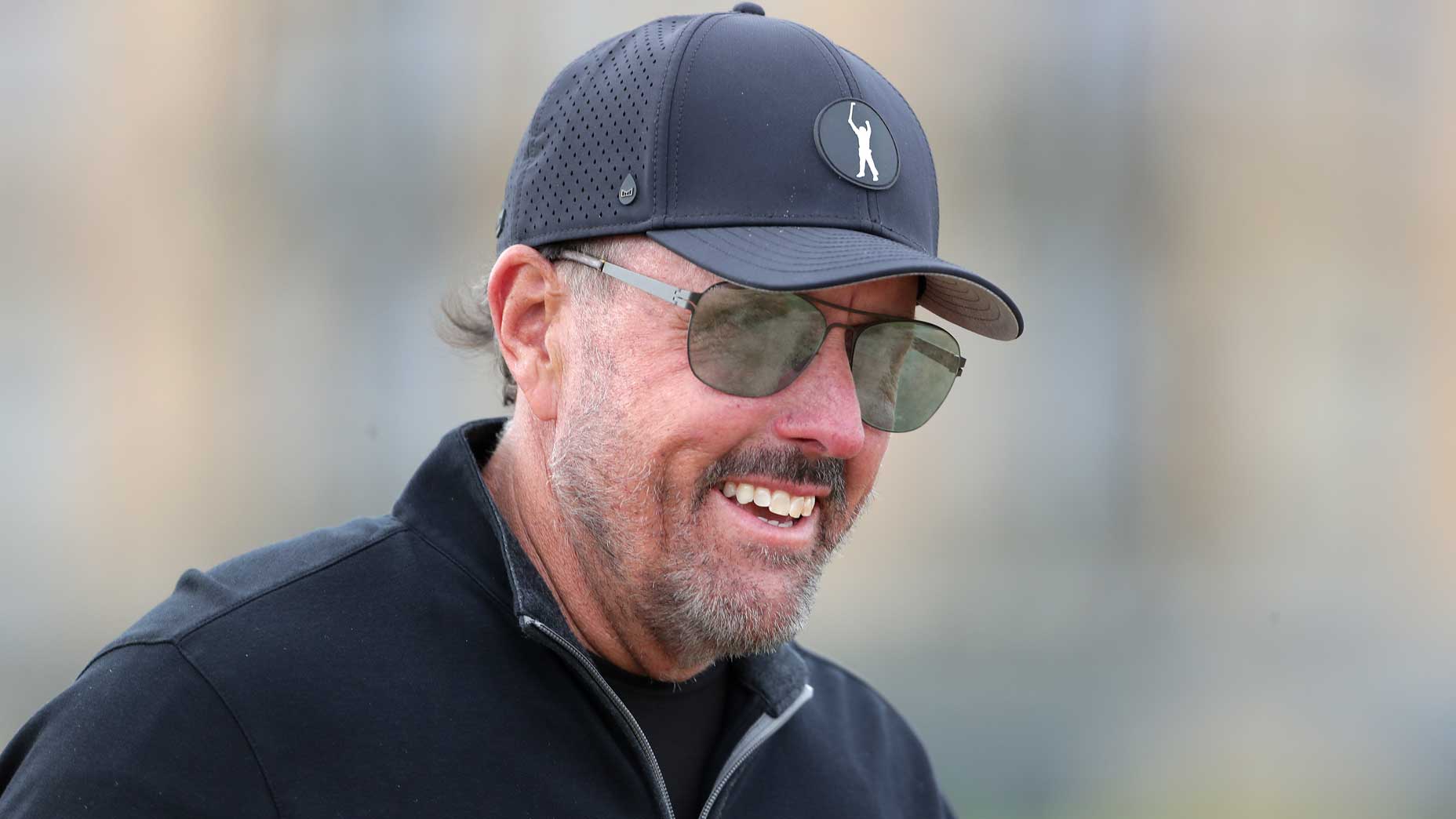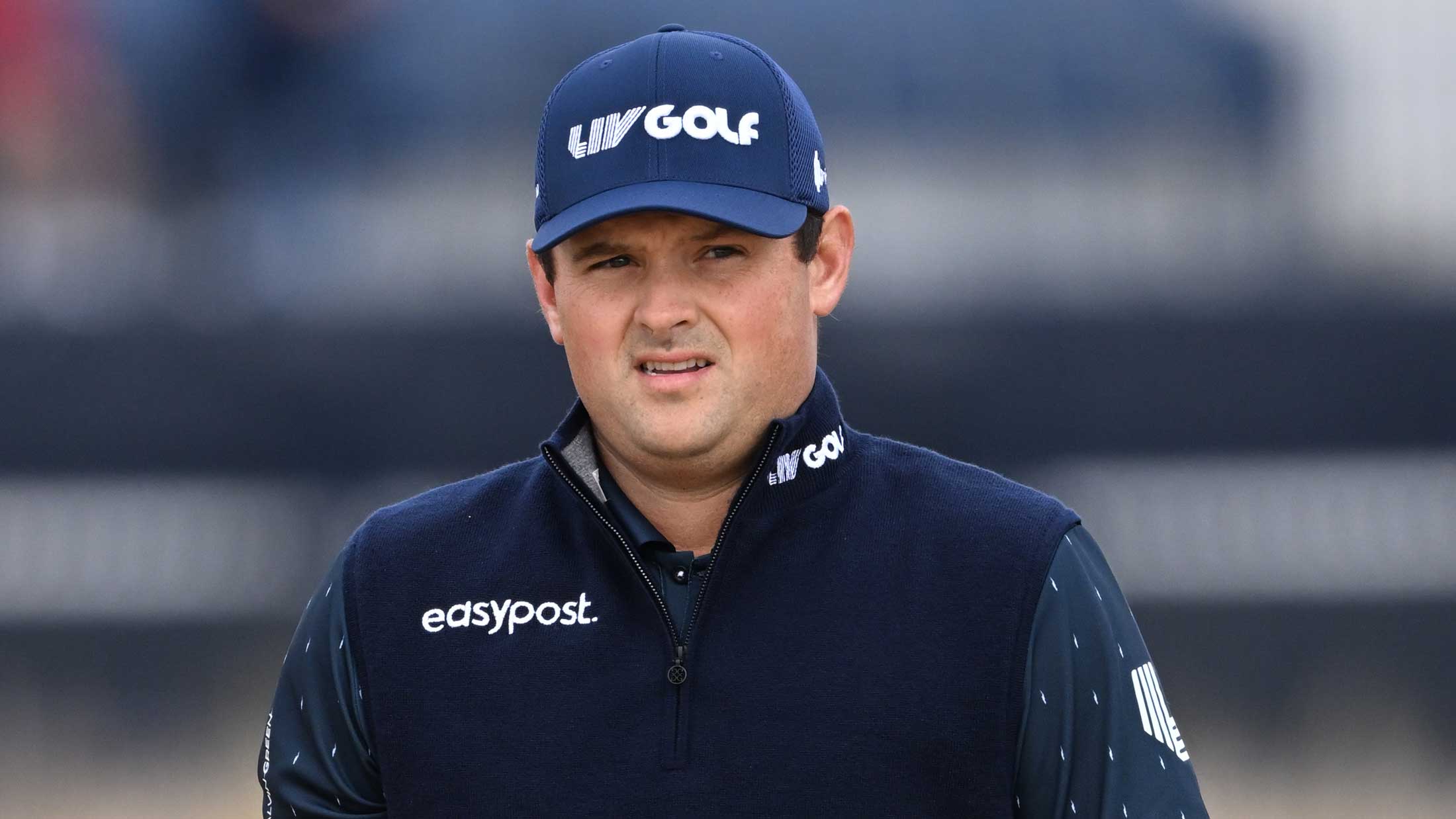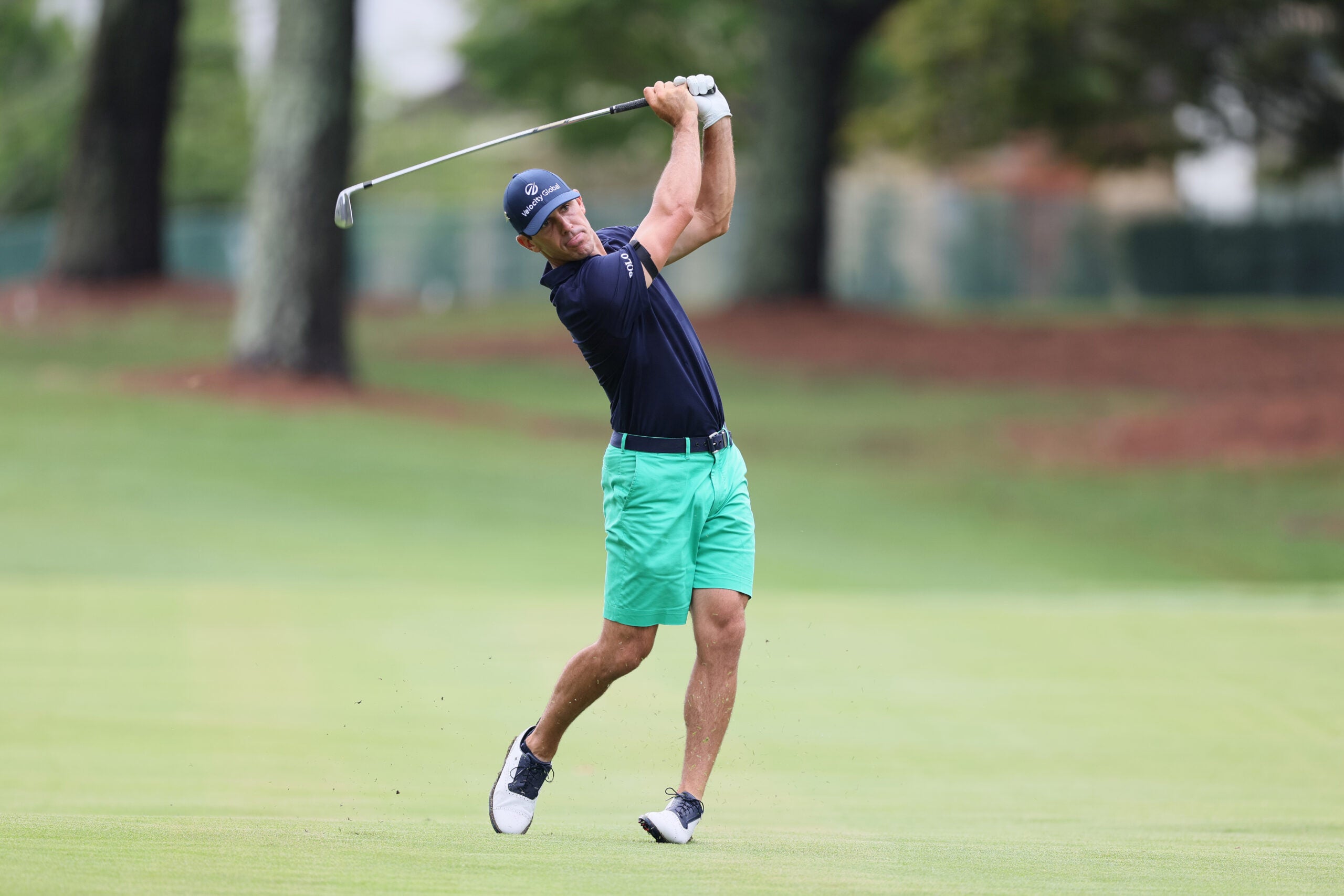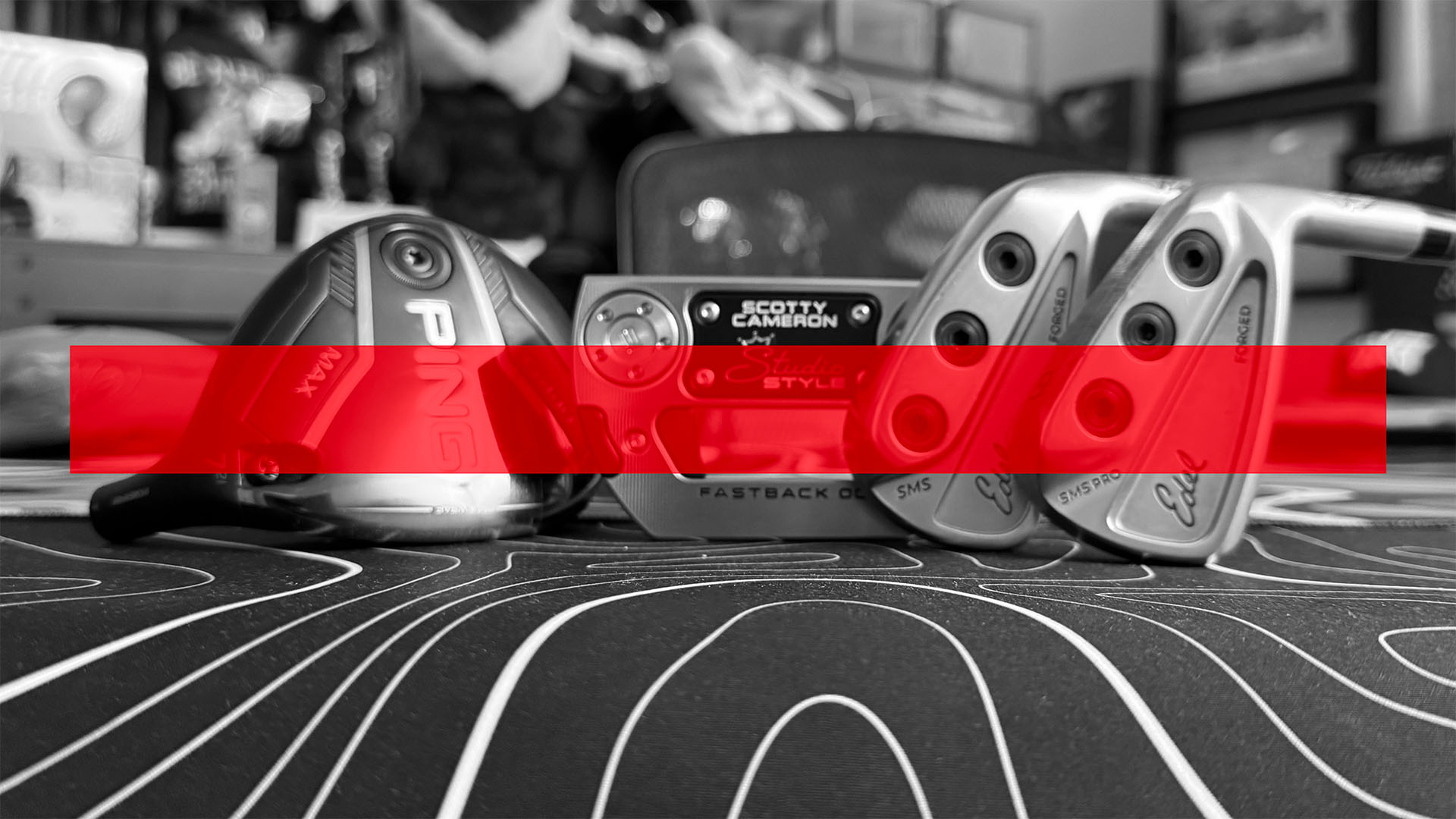During Judge Beth L. Freeman’s Tuesday ruling in favor of the PGA Tour vs. the temporary restraining order filed by LIV players Talor Gooch, Hudson Swafford, and Matt Jones, new information surfaced in regard to how LIV Golf contracts might be structured.
“From what I understand … these contracts lock up players in ways that the PGA Tour never imagined,” Judge Freeman said. “They are so restrictive.”
Among those restrictions, presumably, is what players can and can’t wear on their persons during LIV events, in particular their sponsors’ logos. At the moment, most LIV players are still brandishing their sponsors’ emblems on their bags, hats and shirts. But that could stand to change as LIV’s team, or franchise, concept — complete with team uniforms — further takes root.
As LIV lawyer Robert Walters explained to the judge during the hearing: “…the idea is LIV Golf will come up with a dozen teams. Each team will then have a team suit on. That’s way into the future… and the whole business model is, it’s hard to make money on just a cash-flow basis in the sports business. Where you make the money is the appreciation in franchise value.”
‘They’ve been brainwashed:’ Billy Horschel sounds off on LIV players’ expectationsBy: Jack Hirsh
A request to LIV Golf to further explain this concept went unanswered, but if LIV does introduce team sponsors and uniforms, that seemingly would have a significant impact on players’ individual endorsement deals.
Most, if not a large majority, of PGA Tour players have contracts tied directly to their Official World Golf Ranking and numbers of events played, paired with performance bonuses earned for wins and television exposure. If LIV Golf requires its players to adopt team kits, individual players’ values to sponsors could plummet.
Endorsement deals, of course, vary from player to player, but it has been reported that top players command up to $5 million for the ad space on front of their hats, which is the most visible part of a player’s attire during broadcasts.
This is bad news for players looking to cash in on personal sponsorship deals, especially with LIV livestreams currently drawing viewership only in the hundreds of thousands. But it also creates an opportunity for team-style sponsorships that could actually be valued at a higher rate than those for any individual player.

These arrangements could create much value if the teams are sold off to franchise owners, and it mirrors the corporate and team-sponsorship structure in Formula 1, which LIV Golf has openly referenced as a case study of how a team-golf format could prosper.
If LIV Golf proves to be a successful model for golf, it’s possible that players could be contracted to play specific equipment as a team, which could inject even more F1-style drama into LIV if, for example, one player finds that his equipment doesn’t perform as well for his specific needs as his teammates’, thereby creating a hierarchy and even internal strife.
Another intriguing sponsorship question: If the legal system does eventually grant LIV players the right to return to the PGA Tour, would LIV permit those players to wear whatever logos they pleased on the PGA Tour? Judge Freeman dug into this matter in Tuesday’s Gooch, Swafford, Jones hearing.
“Are you telling me that these three players, if I grant this injunction, will not turn up in any LIV gear?” she said to Walters, the LIV attorney.
“Absolutely not,” Walters said. “They will wear their MasterCard or whatever they have always worn.”
Many of these questions hinge on the continued growth and acceptance of LIV Golf as a viable entity, but the upstart league undoubtedly has the potential to change the way fans view players, equipment and sponsors within the golf ecosystem.











